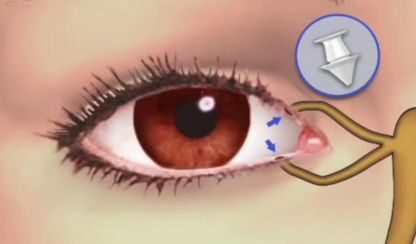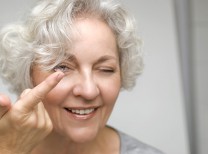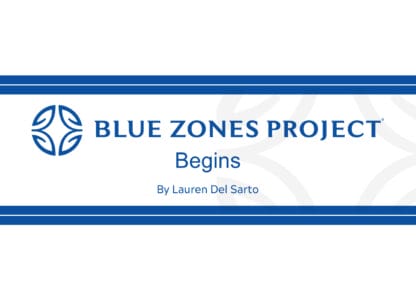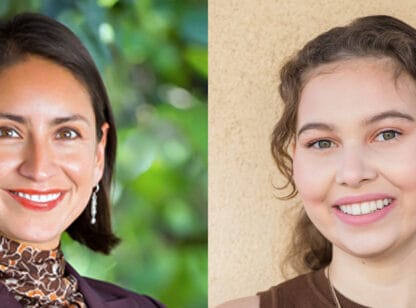Every year more than 750,000 people suffer a stroke, the most common disability for Americans. A stroke occurs when the blood flow to the brain is interrupted. There are two basic types: an ischemic stroke, most often due to a blood clot blocking a blood vessel, and a hemorrhagic stroke, occurring when a blood vessel in the brain ruptures. Often a stroke is preceded by a temporary interruption of blood supply, which is called a transient ischemic attack (TIA). Symptoms include temporary episodes of weakness, numbness, paralysis of the face, arm or leg (especially on one side of the body, difficulty speaking or understanding simple statements, temporary loss of vision (usually in one eye), intermittant double vision, a droopy eyelid and loss of balance or co-ordination. TIA symptoms typically trigger a referral to an internist or cardiologist.
Loss of visual field on one side (hemianopsia). About 50% of stroke patients will have a visual field defect/loss, of which hemianopsia (loss of 1/2 of the right or left visual field in each eye) is the most disabling. Visual field loss is quite disorientating for patients and can often be overlooked as clumsiness or vertigo. Stroke patients with visual field loss report the lowest quality of life scores. Therefore, visual field testing should be completed on all patients with a stroke history. The loss of visual field is typically permanent so, to compensate, lifestyle changes, or changes in the environment, are required. Special side vision awareness glasses (SVAG) allow patients to move an image from their seeing field into the non-seeing field with the use of prisms.
Double vision (diplopia). Temporary (and occasionally permanent) double vision is also common following a stroke. The easiest solution is to patch one eye. Amblyopia or lazy eye can develop from prolonged patching, so it’s important to switch the patch from time to time. Early in recovery a prismatic lens can be used to correct double vision. Often a disposable prism lens called a Fresnel lens is used. As double vision resolves (which it does in a significant number of patients), a weaker prism lens can easily be substituted.
Eyelid paresis. Some stroke patients experience eyelid ptosis (droopy eyelid) which commonly resolves; massaging the eyelid regularly may help recovery. For patients with blepharoptosis (the inability to squeeze/close the eyelids) the concern is improper eyelid closure and exposure of the eye. External eyelid weights can be used to assist the eyelid muscles to close. Recovery is often not full, but the addition of an eyelid weight allows the eyelid to close enough to alleviate permanent damage from occurring.
Because of these visual problems, it is important for patients to be examined by their eye doctor as well as other medical providers following the stroke.
Dr. Evans is the founding owner of Evans Eye Care in Palm Desert and can be reached at (760) 674.8806 or online at www.evanseyecare.com.









































Comments (0)